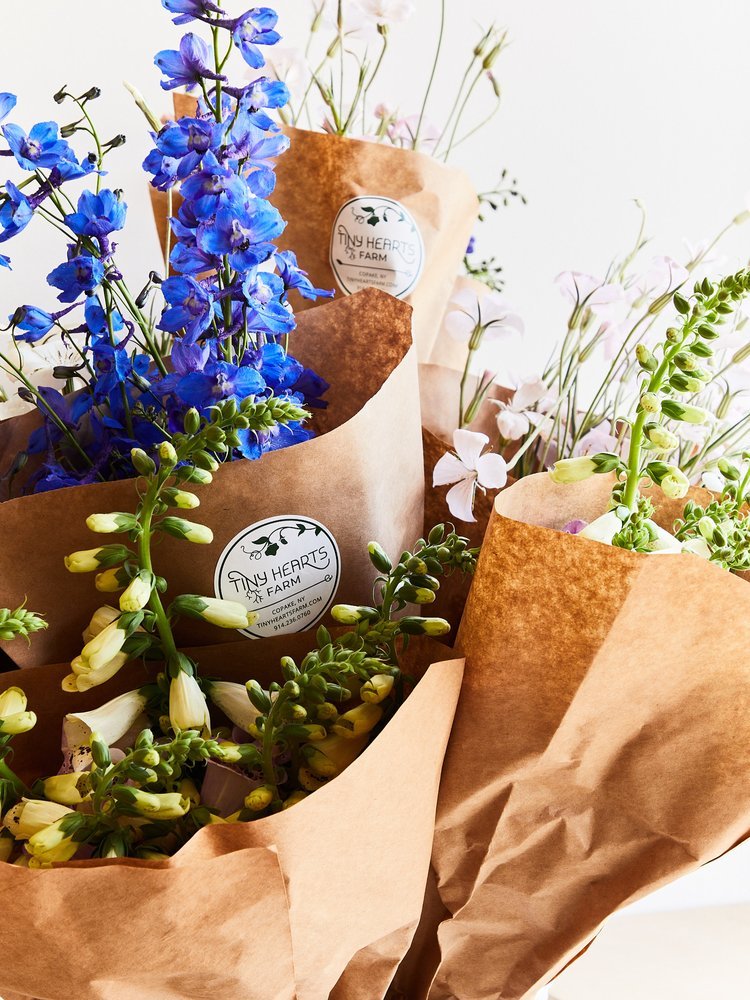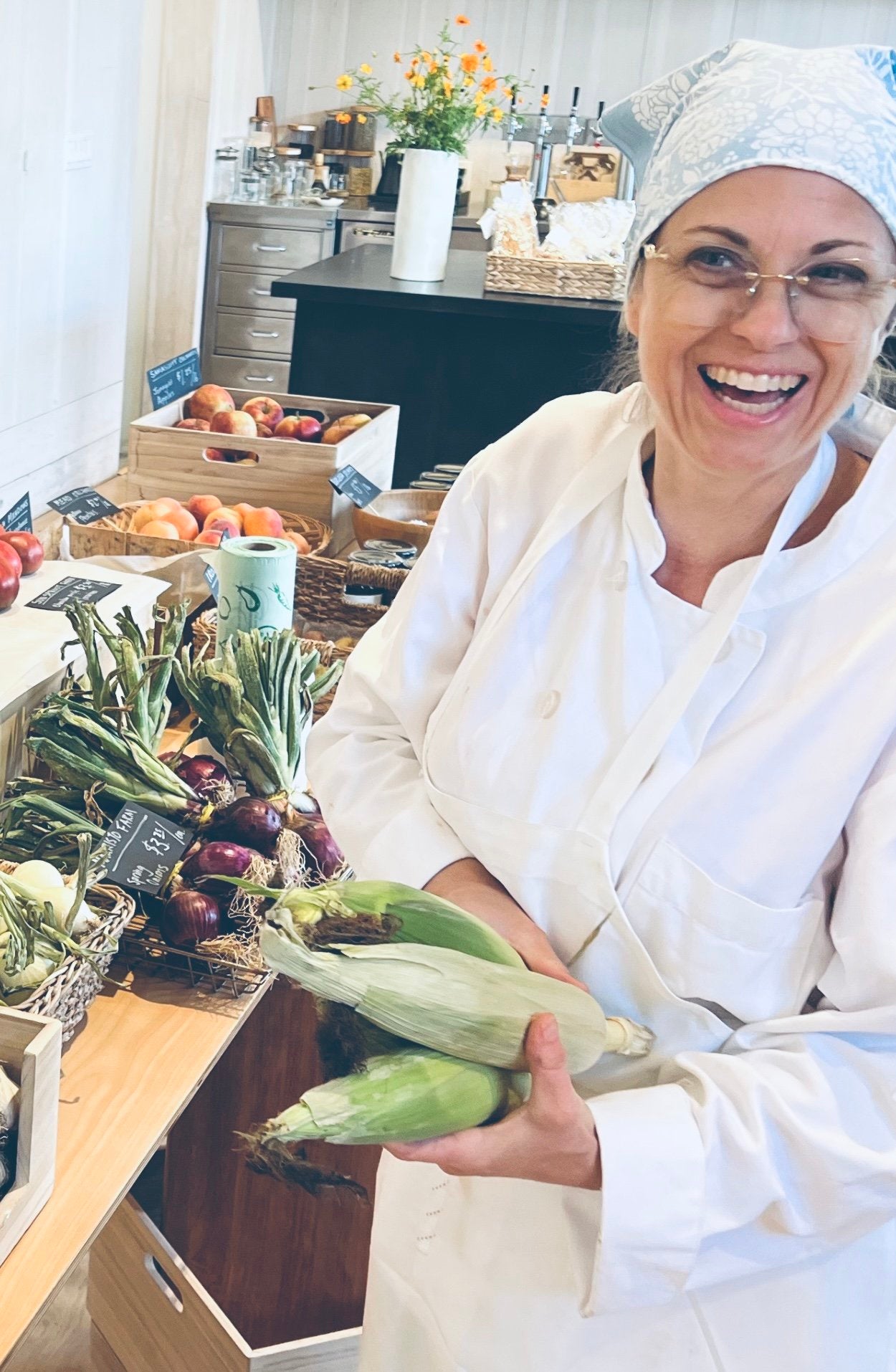Balance is a Compass
“In this work, we’re blessed with so many experiences that couldn’t exist anywhere else. Whether it’s seeing the light at a certain time of day, or being around the birth of a calf, or seeing a child encounter a pig nose to nose, all those things are really difficult to put a price on.”
- Spencer Fenniman, Farming Director at Hawthorne Valley Farm
This week, we sat down with Spencer Fenniman, Farming Director at Hawthorne Valley Farm in Columbia County, New York. Spencer has been working at Hawthorne Valley since 2012, with a particular focus on livestock and field fertility.
Hawthorne Valley Farm practices biodynamic and organic farming, meaning they function as if the farm is one interconnected organism, with balance across all entities being the ultimate goal. Biodynamic farming is a fascinating compilation of homeopathy, planetology, and agricultural science, and our conversation with Spencer only scratches the surface on the intricacies of this holistic approach. Check out the Hawthorne Valley site to learn more, or visit in person to see the farm in all its glory. Enjoy our conversation below.
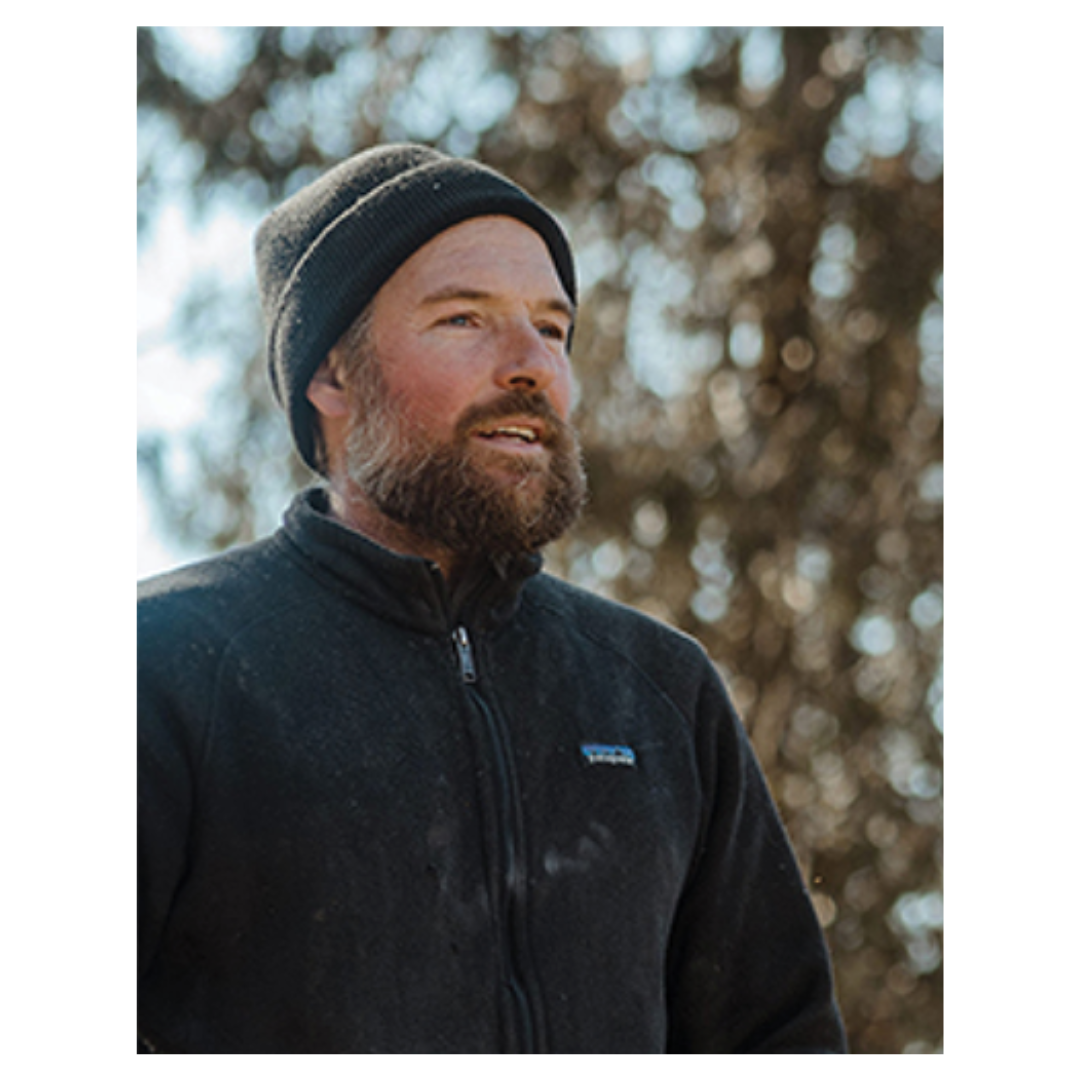
Spencer Fenniman. Photo courtesy of Hawthorne Valley.
Mast Journal: For those who don’t know what biodynamic farming is, how would you explain it to them?
Spencer: We’re starting off with the hardest question! The idea is to create a farm organism, where we’re recycling inputs through the farm, balancing our crop production with our livestock production. It’s mostly instructed through the works of Rudolf Steiner, so it’s a practice that’s almost been in existence for one hundred years. Having the proper amount of animals on the farm is very much at the heart of it. Cows have a special significance, especially horned cows.
Mast Journal: So how do you determine the proper amount of animals to achieve that balance
Spencer: It’s a moving target, especially these days. It takes time, but for every farm it’s going to be different.
Mast Journal: In terms of operations, I imagine there are a lot of ways a biodynamic farm differs from a non-biodynamic, or more conventional, farm.
Spencer: We’re also an organic farm, so many of the organic practices translate to our practices as well. Differences include our composting practices – compost is a big part of it. Another component is being aware of how the movement of the stars affects plant growth and development. Crop planting is geared around a calendar of tracking those movements of the planets. So it’s about being really keyed into the seasons and being aware of all the broader context that affects the growth of our crops and our livestock.
Mast Journal: I’m interested in the homeopathic remedies or “preparations” the Hawthorne sitementions that you do on your fields. Could you tell about some of those preparations, and how they contribute to the health of the farm?
Spencer: Homeopathy is adjacent to biodynamics. We do use that in treating our animals, but that’s not unique to biodynamics. There is a lot of alternative veterinary care that involves homeopathy. The preparations are a cornerstone of the practice – we’re taking plant materials and usually the process is encasing them in an animal part, or the most basic is burying cow horns filled with manure. Another one is stuffing a cow skull with finely-ground oak bark. All of those are geared either towards the field or the compost pile, but the goal is promoting balance and providing the best conditions for biological growth and activity. That said, you don’t want an over-fertilized field either.
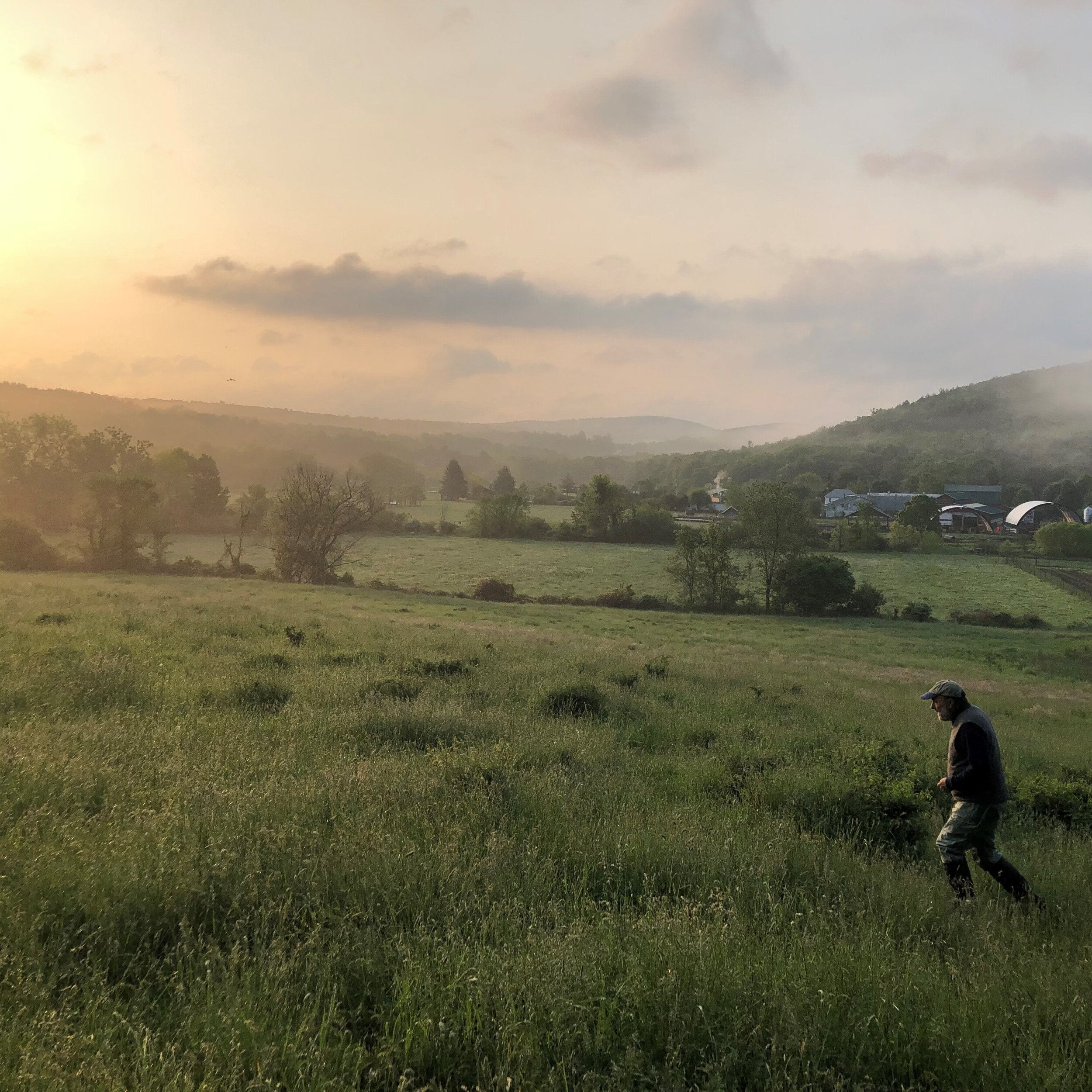
The farm. Photo courtesy of Hawthorne Valley.
Mast Journal: You mentioned that balance is a moving target. This farm organism concept – the idea that you want to achieve balance across the farm – does that mean you’re assessing the balance of the farm on a round-the-clock basis? Or is that more from season to season?
Spencer: What we’re working with is trying to develop listening to what the land can produce, then gearing our production towards that. We’ve chosen cows to be the dominant livestock species. With the cows, not having more cows than can exist on the pastures, and ensuring their ability to go outside and express themselves in as natural a way as possible, is key. Also, providing enough manure to maintain the fertility on those fields as well as to supplement the cover crop green manuring that we can do in our gardens to grow produce.
Mast Journal: What are you looking for when you’re searching for balance? Are there clear signals to you when things are getting imbalanced?
Spencer: We always hold the ideal up as the goal, and strive to reach that ideal, but sometimes compromises need to be made. In general, the tendency is for crop production to outgrow the excess fertility of the animals. So that’s a reality that we work with. So I’d temper this ideal of balance, because balance is always a compass, so to speak, as opposed to an actual destination.
Mast Journal: I’m curious to know how climate change has affected the farm organism, or the methods through which you’ve had to operate.
Spencer: It’s evident that the climate is changing. We’ve now had three very “weather whiplash”-type years, which is a very dry season, followed by extreme periods of wet. This year has been one of the worst dry periods that I’ve experienced in awhile. That obviously involves adaptation and assessing what a resilient model of agriculture is. We can make small adjustments on the fringes, but thus far, universally we haven’t really evolved our model. So if vegetable growers don’t have sufficient irrigation, can they continue to operate?
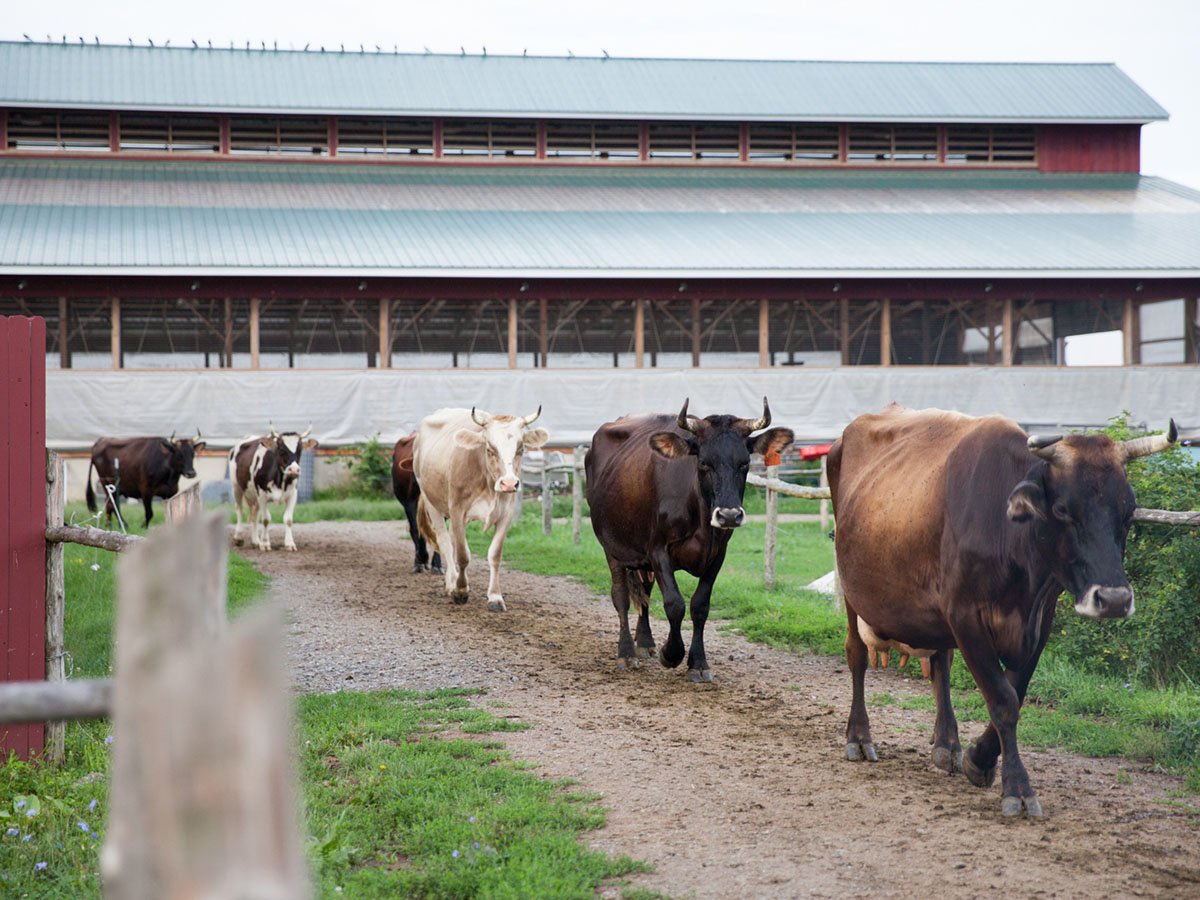
Leading the herd. Photo courtesy of Hawthorne Valley.
Mast Journal: Shifting to your story, what originally sparked your interest in biodynamic and organic farming?
Spencer: It’s close to twenty years ago – I just decided to start working on farms, and I think the work really has to speak to you in a pretty deep way because it’s quite a commitment. So what might start for one reason, which is the desire to be closer to food production or be outside, those have to evolve into this kind of deep interest and care, and service for the work.
Mast Journal: There are clearly many moving parts to Hawthorne Valley. As Farming Director, what does your day-to-day usually look like?
Spencer: At the moment, it’s wearing a lot of different hats. I’m more focused on the livestock end of the work, but we’re doing everything from milking cows to repairing machinery, and also trying to make time for having children walk through the barns and experience the farm.
Mast Journal: What’s the most challenging part of what you do?
Spencer: The most challenging part is being open to having to constantly adapt and change and redirect. Having to have a broad vision, but sometimes knowing the way to get there is a very moving, very windy path.
Mast Journal: What’s your favorite part about what you do?
Spencer: In this work, we’re blessed with so many experiences that couldn’t exist anywhere else. Whether it’s seeing the light at a certain time of day, or being around the birth of a calf, or seeing a child encounter a pig nose to nose, all those things are really difficult to put a price on.

